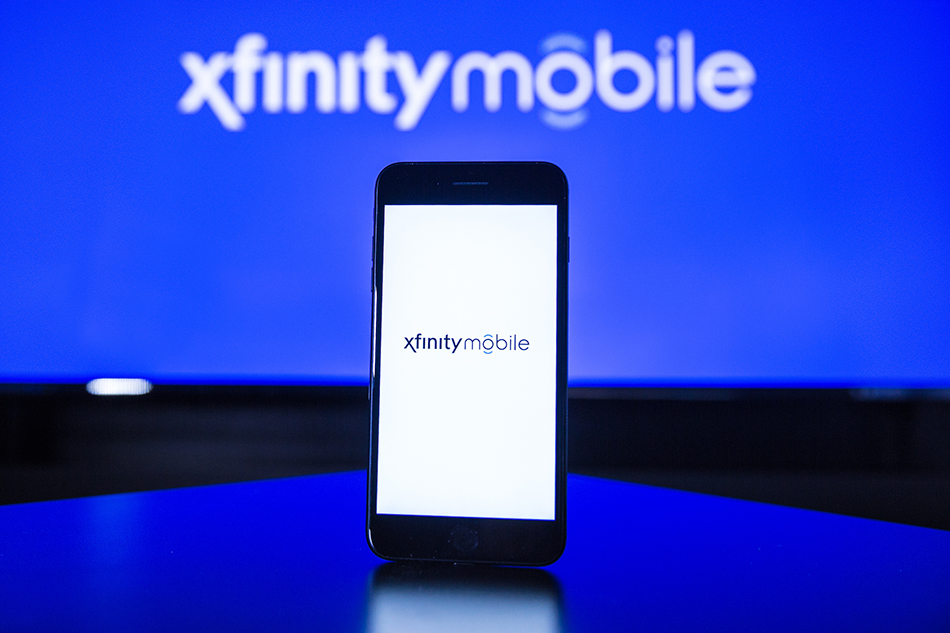
Cable wireless providers have one of the biggest “arbitrage” opportunities in the history of the telecommunications business, one that might lead them to “ultimately dominate the U.S. wireless market,” equity analyst Craig Moffett wrote in a Wednesday-morning note to investors.
In making his case — that their respective MVNO deals with Verizon Communications work decisively in favor of Comcast and Charter Communications — Moffett jumps all the way back to 1775 and Benjamin Franklin’s job as the first U.S. Postmaster General. This tenure led to flat-rate billing on mail delivery, regardless of whether letters and packages were sent to easy-to-reach urban places or far-more-expensive-to-get-to rural destinations.
This pricing ethos based on “mean average cost” as opposed to “local cost to serve” billing foundations eventually found its way into the U.S. telecom business, where it was exploited as an arbitrage opportunity in the late 1990s by competitive local-exchange carriers (CLECs).
Now, with Comcast recently declaring that 60% of Xfinity Mobile traffic comes from just 3% of its footprint, Moffett said that cable operators have a wonderful opportunity to offload cheap-to-serve urban wireless traffic onto their own networks, while keeping more expensive-to-serve traffic on Verizon’s network via their mobile virtual network operator (MVNO) agreements.
“They’ll leave the high-cost areas to Verizon,” said Moffett, principal and senior analyst at MoffettNathanson.
“That wouldn't be a problem” for incumbent wireless companies like Verizon if the underlying wholesale pricing of the MVNO "reflected local cost to serve,” Moffett said. “It’s a VERY big problem when underlying wholesale prices are based on mean average cost.
“No one else has ever had an arbitrage opportunity in wireless even remotely on this scale,” Moffett added. “Cable is currently charging as much as 30% less than AT&T and Verizon for wireless service, and they are already earning gross margins as high as 70%.”
With Comcast currently deploying Samsung strand-mounted small cells in order to drive down MVNO costs further, Moffett said, “It is not inconceivable that they and Charter will eventually be able to offload more than 60% of their wireless traffic onto their own networks with only minimal incremental investment, boosting their already-high margins to as much as 85%.”
Comcast added 294,000 Xfinity Mobile lines in the third quarter to reach a total of 6.28 million, while Charter tacked on 594,000 Spectrum Mobile lines to reach 7.2 million lines as of the end of September. For its part, Verizon beat analysts’ expectations by adding 100,000 post-paid phone customers in Q3.
“The investment community still doesn’t take cable wireless seriously,” Moffett wrote. “Because they still think of cable wireless as ‘just’ an MVNO. It is not. Cable is arbitraging a pricing structure — same price everywhere, whether rural or urban — more than one hundred years in the making.”







